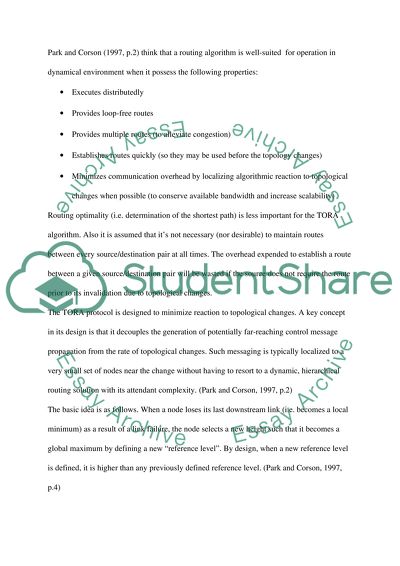Cite this document
(“Temporally-Ordered Routing Algorithm Essay Example | Topics and Well Written Essays - 3250 words”, n.d.)
Temporally-Ordered Routing Algorithm Essay Example | Topics and Well Written Essays - 3250 words. Retrieved from https://studentshare.org/technology/1505197-temporally-ordered-routing-algorithm
Temporally-Ordered Routing Algorithm Essay Example | Topics and Well Written Essays - 3250 words. Retrieved from https://studentshare.org/technology/1505197-temporally-ordered-routing-algorithm
(Temporally-Ordered Routing Algorithm Essay Example | Topics and Well Written Essays - 3250 Words)
Temporally-Ordered Routing Algorithm Essay Example | Topics and Well Written Essays - 3250 Words. https://studentshare.org/technology/1505197-temporally-ordered-routing-algorithm.
Temporally-Ordered Routing Algorithm Essay Example | Topics and Well Written Essays - 3250 Words. https://studentshare.org/technology/1505197-temporally-ordered-routing-algorithm.
“Temporally-Ordered Routing Algorithm Essay Example | Topics and Well Written Essays - 3250 Words”, n.d. https://studentshare.org/technology/1505197-temporally-ordered-routing-algorithm.


